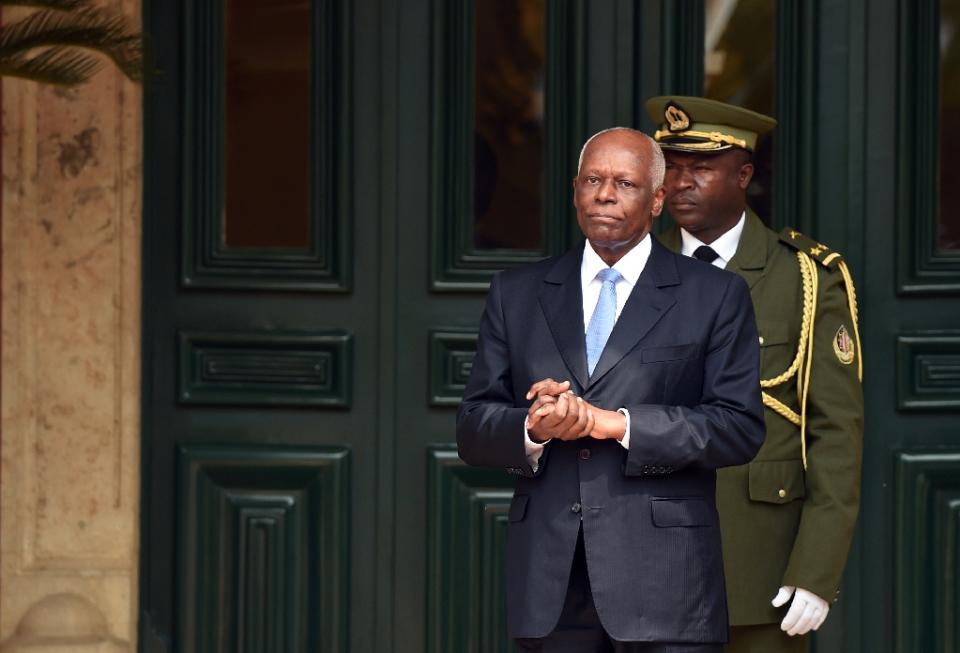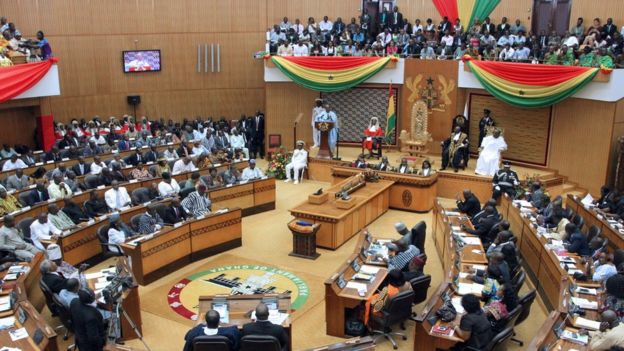Cote d’Ivoire knocks Nigeria out of top prospect for investors in Africa
WESTERN AFRICA
by Tendai Dube Last Updated: Tue, 08 Mar 2016 10:33:18 GMT0

Cote d’Ivoire is top prospect for investors in Africa. Photo: Wikimedia
Cote d’Ivoire has jumped ahead of Nigeria to the top position of Nielsen’s second Africa Prospects Indicators (APi) report, based on favourable economic growth and stable inflation climate in the country.
The report aims to give a comparative view of a country's opportunities across the continent.
Nigeria topped the list in the first quarter of 2015, while the recent research shows the largest economy in Africa plunged to fourth place.

This was primarily due to "deteriorating macro-economic indicators as a result of a slump in commodity prices, in particular oil. In addition, the consumer indicators and overall confidence levels have followed suit”, reads the report.
Despite these findings, and strained pockets, Nigerians are the most optimistic consumers in Africa , expressing optimism for job prospects and personal finances.
“Cote d’Ivoire’s position has improved based on its business outlook dimension, and it continues to rank top in terms of retail sentiment. Despite the fact that it comes in third position on broader macro factors, its favourable economic growth and stable inflation climate and recent elections, provide a fertile investment environment,” said Allen Burch, Managing Director at Nielsen Africa.
East Africa’s Kenya and Tanzania made notable improvemenst on the macro ranking, which according to the research considers the economic growth performance in relation to the size of the economy. Business sentiment for Kenya remains a little more sceptical, as the ranking declines amidst slower consumer sales offtake impacting company performance.

Africa’s most advanced economy, South Africa, peer ranking improved by two positions, it also accounts for the most consumer spend in the Sub-Saharan region “and has one of the most favourably priced common item baskets” according to the research as well as the highest concentration of modern trade on the continent.
According to the World Bank, growth deceleration for Sub-Saharan Africa (SSA) as a result of difficult global conditions and domestic challenges has the region slowing from 4.6 per cent in 2014 to 3.3 per cent in 2015.
“With SSA being a net exporter of primary commodities, and oil being the most important commodity traded in the region, the countries hardest hit by the slump in commodity prices are understandably SSA’s oil exporters, led by top-producers, Nigeria and Angola,” said Burch.
BUSINESS PROSPECTS INDICATOR - Country Priorities for 2016
Business executives across Africa scored 26 Sub-Saharan Africa markets based on their view of growth opportunities for the next 12 months. Ethiopia, Cote d’Ivoire, Mozambique and Kenya remain unchanged from the previous business survey, and are considered ‘good’ with regards to growth prospects.
Angola, previously ranked fifth dropped to 16th place, Nigeria replaces Angola in 5th position and South Africa soared up five positions to 14th.,
The report looks at other indicators, consumer prospects and retail prospects for the regions, read here for more.
Cote d’Ivoire knocks Nigeria out of top prospect for investors in Africa
WESTERN AFRICA
by Tendai Dube Last Updated: Tue, 08 Mar 2016 10:33:18 GMT0

Cote d’Ivoire is top prospect for investors in Africa. Photo: Wikimedia
Cote d’Ivoire has jumped ahead of Nigeria to the top position of Nielsen’s second Africa Prospects Indicators (APi) report, based on favourable economic growth and stable inflation climate in the country.
The report aims to give a comparative view of a country's opportunities across the continent.
Nigeria topped the list in the first quarter of 2015, while the recent research shows the largest economy in Africa plunged to fourth place.

This was primarily due to "deteriorating macro-economic indicators as a result of a slump in commodity prices, in particular oil. In addition, the consumer indicators and overall confidence levels have followed suit”, reads the report.
Despite these findings, and strained pockets, Nigerians are the most optimistic consumers in Africa , expressing optimism for job prospects and personal finances.
“Cote d’Ivoire’s position has improved based on its business outlook dimension, and it continues to rank top in terms of retail sentiment. Despite the fact that it comes in third position on broader macro factors, its favourable economic growth and stable inflation climate and recent elections, provide a fertile investment environment,” said Allen Burch, Managing Director at Nielsen Africa.
East Africa’s Kenya and Tanzania made notable improvemenst on the macro ranking, which according to the research considers the economic growth performance in relation to the size of the economy. Business sentiment for Kenya remains a little more sceptical, as the ranking declines amidst slower consumer sales offtake impacting company performance.

Africa’s most advanced economy, South Africa, peer ranking improved by two positions, it also accounts for the most consumer spend in the Sub-Saharan region “and has one of the most favourably priced common item baskets” according to the research as well as the highest concentration of modern trade on the continent.
According to the World Bank, growth deceleration for Sub-Saharan Africa (SSA) as a result of difficult global conditions and domestic challenges has the region slowing from 4.6 per cent in 2014 to 3.3 per cent in 2015.
“With SSA being a net exporter of primary commodities, and oil being the most important commodity traded in the region, the countries hardest hit by the slump in commodity prices are understandably SSA’s oil exporters, led by top-producers, Nigeria and Angola,” said Burch.
BUSINESS PROSPECTS INDICATOR - Country Priorities for 2016
Business executives across Africa scored 26 Sub-Saharan Africa markets based on their view of growth opportunities for the next 12 months. Ethiopia, Cote d’Ivoire, Mozambique and Kenya remain unchanged from the previous business survey, and are considered ‘good’ with regards to growth prospects.
Angola, previously ranked fifth dropped to 16th place, Nigeria replaces Angola in 5th position and South Africa soared up five positions to 14th.,
The report looks at other indicators, consumer prospects and retail prospects for the regions, read here for more.
Cote d’Ivoire knocks Nigeria out of top prospect for investors in Africa


















